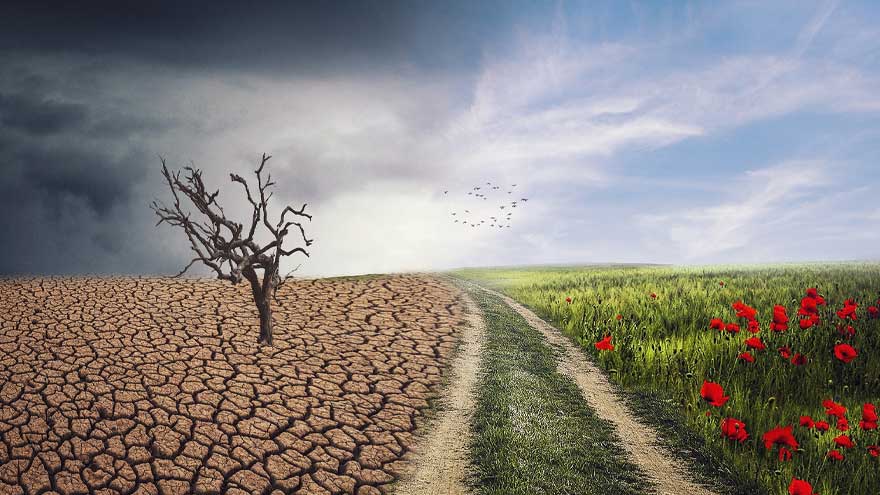Explore the causes, impacts, and potential solutions to climate change in this comprehensive article. Learn how human activities contribute to climate change, the far-reaching effects on our planet, and the collective actions needed to mitigate its impacts.

Climate change has become an urgent global issue that demands our immediate attention. While the Earth's climate has naturally fluctuated over thousands of years, the current changes are largely attributed to human activities. This article aims to provide a comprehensive understanding of climate change, including its causes, impacts, and potential solutions.
The primary cause of climate change is the excessive emission of greenhouse gases (GHGs) into the atmosphere. Human activities such as burning fossil fuels (coal, oil, and gas), deforestation, industrial processes, and agricultural practices contribute to the accumulation of GHGs like carbon dioxide (CO2), methane (CH4), and nitrous oxide (N2O). These gases trap heat in the Earth's atmosphere, resulting in a phenomenon known as the greenhouse effect.
Climate change has far-reaching effects on various aspects of our planet and ecosystems. Some key impacts include:
Addressing climate change requires collective action and a multi-faceted approach. Here are some key solutions:
Climate change poses a significant threat to the planet and humanity as a whole. Understanding its causes, impacts, and potential solutions is crucial for developing a sustainable future. By adopting sustainable practices, transitioning to clean energy, and implementing climate-conscious policies, we can work together to mitigate the effects of climate change and ensure a healthier and more resilient planet for future generations. Let us act now to secure a sustainable and thriving future for all.